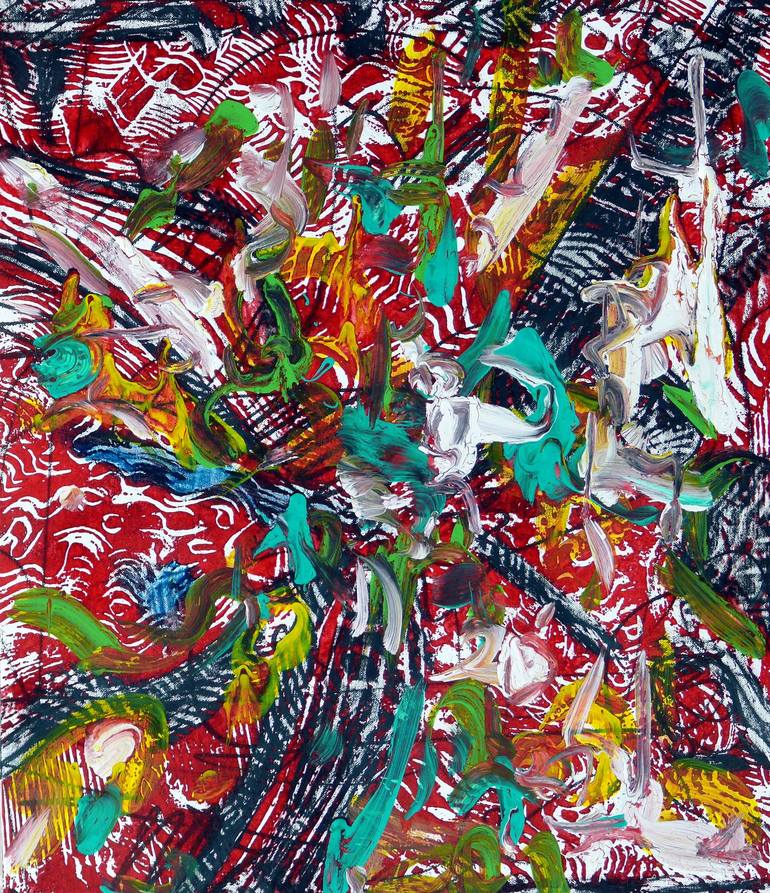Topic: Nervous System
Area: Science
Abstract: With this lesson, the students will understand the connection between an electric movement in the brain to a movement with their body.
Learning objectives:
– The student will demonstrate that the nervous system is responsible for communication between different body parts, detecting stimuli in the body, and directing the body’s responses.
– The student will be aware and be able to understand how the nervsystem grows through childhood and at adult age.
Teachers’ profile:(team transversality) Science teacher
Advisable age of students: (Flexible according to the curriculum of specific country) : 12-14 years old
Previous knowledge:
-Understand how structures and systems of organisms (to include the human body) perform functions necessary for life.
-Compare the major systems of the human body (digestive, respiratory, circulatory, muscular, skeletal, and cardiovascular) in terms of their functions necessary for life
Global development Total duration: 45 minutes
Materials: Cables – Whiteboard – Tables – Classroom – Eye patch – Color papers – Tape
Phase 1 Duration: 10 minutes Visualisation

Development : Redesign of the human nervous system Painting Igor Prokop.
Discussion around the artist: Who? What did he do? Lead students to describe the painting presented. What do you see in this picture? What does this remind you of?
Phase 2 Duration: 25 minutes Artistic action and experimentation

The students have to play a game to complete a good combination of a few colors thanks to their body movements.
In the classroom, the students have to split between 2 groups. One of these groups will be the “information team” and the other team is the “blind team”. They should stand in a circle. The main goal of this game is to achieve a combination of colors in the sequence. (on the same principle as “Mastermind”). The number of combinations must be the number of realized pairs. Prepare some strings. Prepare a few combinations of colors on powerpoint. We need to organize the game in teams. The students should sit down in a circle.
First step: Divise the pupils in two teams. In this game there will be 4 rounds. One will be the “information team” and they will have the information (by the teacher) about the combinations they have to do with the “blind team”. (team B)
All of the members of the team will sit down in a circle.
All of the pupils in the “blind” team need to have an eye patch on them. They need to be connected with another person (a member of the “information team”) with a string. Each member of team B will be one color.
To let the members of team B know that they must stand up to complete the combination, the members of the other group must pull on the string. When the affected members receive a small jolt on the string it is a sign that they should stand up.
Example : if the combination is red and blue. The “information team” will pull on the string of the red member and after that the blue member.
Second step : They have defined time to have the maximum of combinations. 20 people for the games.
Phase 3: Duration: 10 minutes Reflexion and debate
Development:
-What do you think about this experience ?
-According to you, why did we play two different rounds ?
-Why do you think we make these experiences for nervsystem lessons ? What do we learn about this experience?
-Do you think we have the same brain as an adult or as a teenager ?
-Is there a difference between the development of the nervsystem during childhood and when we are adults?
Comments, possible derivations, and prolongations of the proposal:
Teachers can discuss the difference between involuntary and voluntary response and how nervsystem plays a role.
References and links:
The nervous system in 9 minutes

